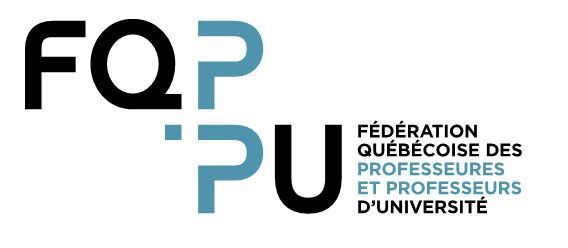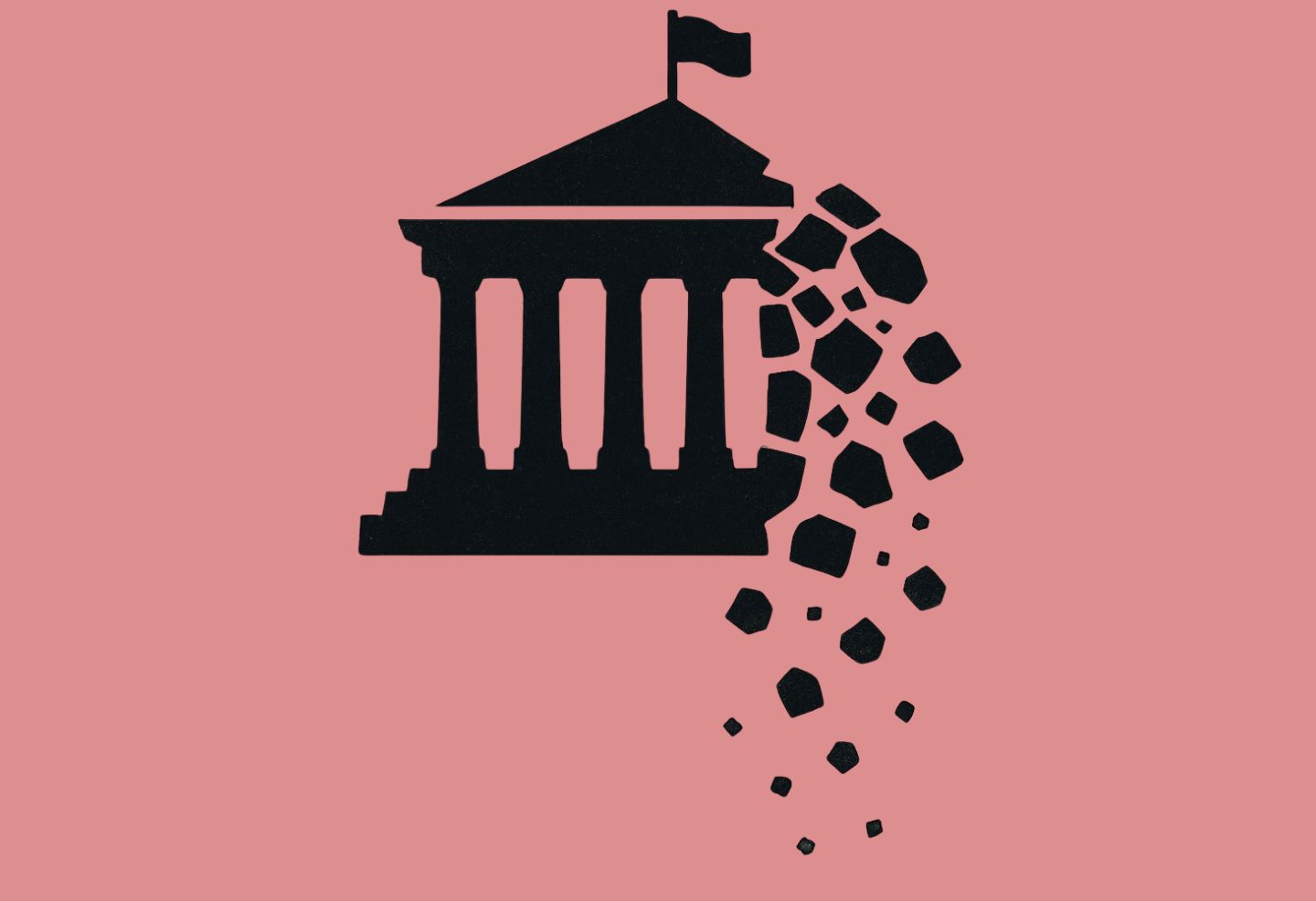Collegiality serves as the foundation for academic work at universities, yet this essential pillar is currently under serious threat. What are the consequences for professors, research, and teaching? How can we protect a governance model that is crucial to the university’s mission?
Ten years ago, the Fédération québécoise des professeures et professeurs d’université (FQPPU) launched an ambitious action-research initiative by establishing a Committee on Working Conditions for Professors. This qualitative study aimed to complement existing quantitative data and surveyed 145 professors from 10 universities across Quebec, representing a range of disciplines and various stages of their academic careers.
A decade later, the findings from this research on collegiality and management remain highly relevant. What is the ideal of collegiality, and why is it now at risk? What factors, influenced by private-sector-inspired management practices, have contributed to its erosion? Most importantly, how can we protect and revitalize this cornerstone of teaching and research for the future of the university?
Table of contents
What is Collegiality?
Collegiality, a fundamental concept in the university environment, goes beyond simple courtesy or civility. It is a cornerstone of academic governance, embodying the active participation of faculty members in the decision-making processes that shape their working conditions.
The 1997 UNESCO Recommendation Concerning the Status of Higher-Education Teaching Personnel outlines collegiality’s key principles. It emphasizes, in particular, the importance of:
- Institutional Autonomy: This principle ensures that higher education institutions can govern themselves independently, free from external interference, and with the full involvement of their members.
- Academic Freedom: This guarantees that professors can teach, conduct research, and express their ideas freely without fear of censorship or repression.
- Democratic Participation: This promotes collective governance and encourages the involvement of academic staff in strategic decisions related to teaching, research, and institutional management.

Collegiality is essential for preserving the autonomy and integrity of universities. It protects decision-making processes from external influences, ensuring that decisions are made by those best equipped to understand their implications: the “college” of professors, which is the origin of the term “collegiality.”
This model promotes shared governance with other university stakeholders, including students, fostering democratic discussions on common issues. It also establishes a collective responsibility towards the institution and society, where each professor actively contributes to furthering the university’s mission.
Collegiality upholds the core values of teaching and research by supporting academic freedom and institutional autonomy. It enables faculty members to maintain a democratic environment within the institution, ensuring that the university’s mission—to teach, conduct research, and serve the public good—remains central to every decision.
💼 Interested in learning more? Discover the Committee on the Professoriate’s work related to work-life balance.
What Undermines Collegiality in Our Universities
Various challenges are weakening the practice of collegiality in our universities. Often rooted in systemic dynamics, these obstacles compromise collective participation in the university’s mission. Here are some of the main threats to collegiality and their harmful impacts on our institutions:
1. The Rise of Individualism
The shift toward a performance-based model is eroding the spirit of collaboration. Competition for grants, publications, and promotions fosters a focus on individual achievements at the expense of collective engagement. This dynamic, further reinforced by institutional pressures, fragments relationships among colleagues and isolates faculty members.
2. Work Overload and Isolation
The increasing demands of teaching, research, and administrative duties leave little room for participation in collegial bodies. The lack of time for informal exchanges and deliberation weakens academic cohesion. This heavy workload, exacerbated by larger class sizes, limits opportunities for involvement in collegial decision-making processes.
3. Hierarchical and Bureaucratic Governance
The shift toward centralized management models inspired by the private sector has reduced faculty influence over key decisions. Consultations often amount to token exercises, with decisions having already been made by administrators who are disconnected from on-the-ground realities. This trend toward managerial hierarchy undermines shared governance and erodes trust in university leadership.
4. Abusive Behavior and Manipulation
In some cases, collegial processes can be misused or manipulated, creating a climate of distrust. Abusive behaviour or tactics aimed at influencing decisions for personal gain undermine the democratic foundations of collegiality. While such practices may be isolated, their effects can significantly damage collective dynamics.

5. Lack of Interest in Administrative Positions
Administrative roles are often viewed as thankless or undervalued, making it challenging to attract qualified candidates. Faculty members face a tough decision between pursuing their academic advancement and taking on demanding administrative responsibilities. This lack of interest weakens faculty representation in decision-making bodies and reinforces the practice of top-down appointments.
6. Limited Knowledge of Institutional Processes
The complexity of university governance structures, coupled with insufficient training on institutional procedures, hinders faculty members’ effective participation. Opaque decision-making processes lead to disengagement, reinforcing the perception that decisions are made without their input and diminishing their capacity to influence the direction of their institution.
7. Token Consultations and Erosion of Trust
When consultations seem merely symbolic, faculty members feel excluded from decision-making processes. Rushed decisions and a lack of feedback on faculty input foster growing mistrust. This perception of superficial collegiality distances faculty members from the critical discussions that shape their institution’s future.
💡 Are you interested in the political pressures facing Quebec universities? Examine the significant case where the ministère de l’Enseignement supérieur obstructed the appointment of a professor to her university’s board of governors.
Protecting Collegiality: Paths Forward
The decline of collegiality is not inevitable—it can be restored and strengthened through a series of coordinated actions. Here are some key directions to ensure that collegiality remains the foundation of governance within our universities:
1. Collective Responsibility and Active Engagement
Collegiality requires the active participation of all faculty members.
- Defend shared governance: Reinvest in decision-making bodies, actively participate in assemblies, committees, and governing councils, push back against disengagement from meetings, and resist the excessive delegation of responsibilities.
- Recognize faculty expertise: Ensure that the vital role of professors in guiding key university decisions is fully acknowledged.
2. Transparency and Communication
Effective governance is built on transparency and constructive dialogue.
- Ensure transparency in decision-making: Communicate information clearly to rebuild trust.
- Encourage open discussion: Foster an environment where every voice can be heard without fear.
- Support new faculty members: Provide guidance to help them better understand institutional processes and encourage their involvement.

3. Defending Institutional Autonomy and Academic Freedom
The university must remain a space dedicated to knowledge in service of the public good.
- Resist the commodification of knowledge: Protect the university from private sector influence and the adoption of corporate-style management practices.
- Protect academic freedom: Ensure an environment where ideas can be expressed freely without fear of retaliation.
- Uphold the university’s core mission: Defend the university’s primary role in producing and disseminating critical knowledge through teaching, research, creative work, and community service.
4. The Key Role of Unions
Unions play a central role in defending collegiality.
- Act as a counterbalance to managerial power: Ensure respect for collective agreements and push back against managerial overreach.
- Negotiate structural reforms: Advocate for more democratic governance structures.
- Mobilize the university community: Strengthen collective action to uphold the university’s core values.
Conclusion
Collegiality is essential for maintaining universities as places of critical knowledge, democratic debate, and intellectual autonomy. The challenges facing collegiality today are not insurmountable; they require collective awareness and coordinated action.
We can restore this vital component by encouraging active participation from faculty members, enhancing transparency in decision-making processes, and safeguarding the autonomy of universities against market-driven influences. Both unions and faculty members play crucial roles in this collective effort to uphold a governance model that aligns with the university’s mission for the public good.
Restoring collegiality also means preserving an environment where the university’s mission can be fully realized for the benefit of society. Together, let us take action to ensure that our universities continue to be spaces for reflection, innovation, and intellectual collaboration.
Read more
- The full report, titled Collegiality and Management: Organizing… or being organized?, is available online.
- The French version is also available: La collégialité et la gestion : S’organiser… se faire organiser?
Stay up to date
Subscribe to the Federation newsletter.


